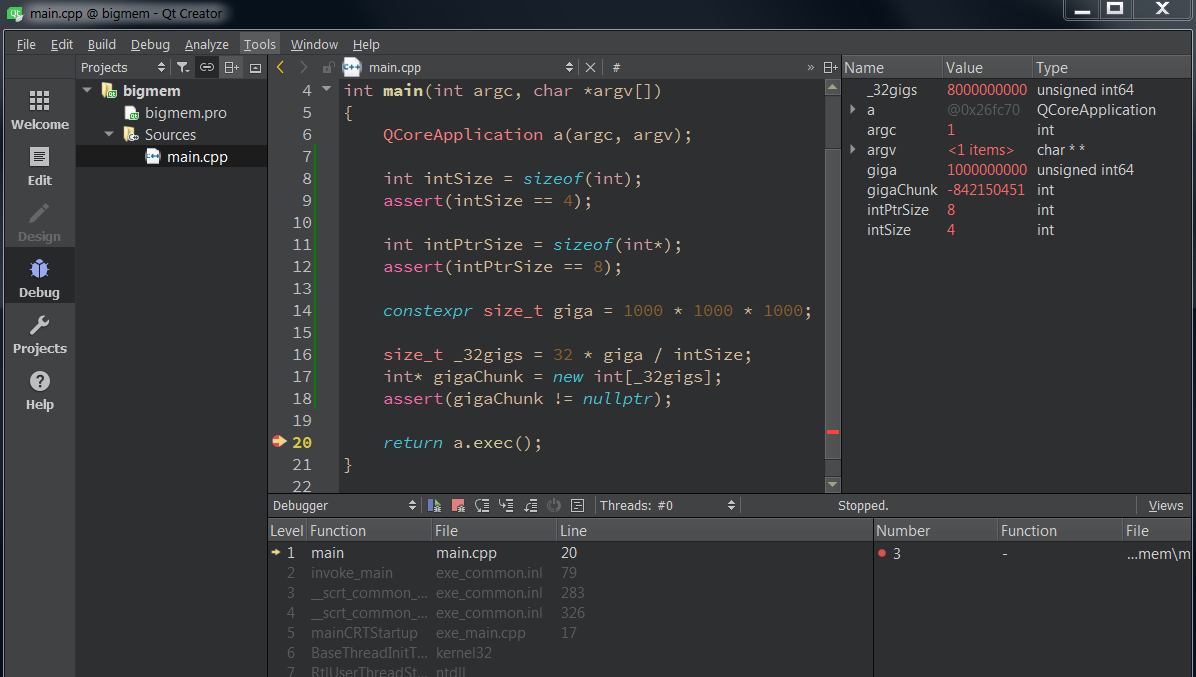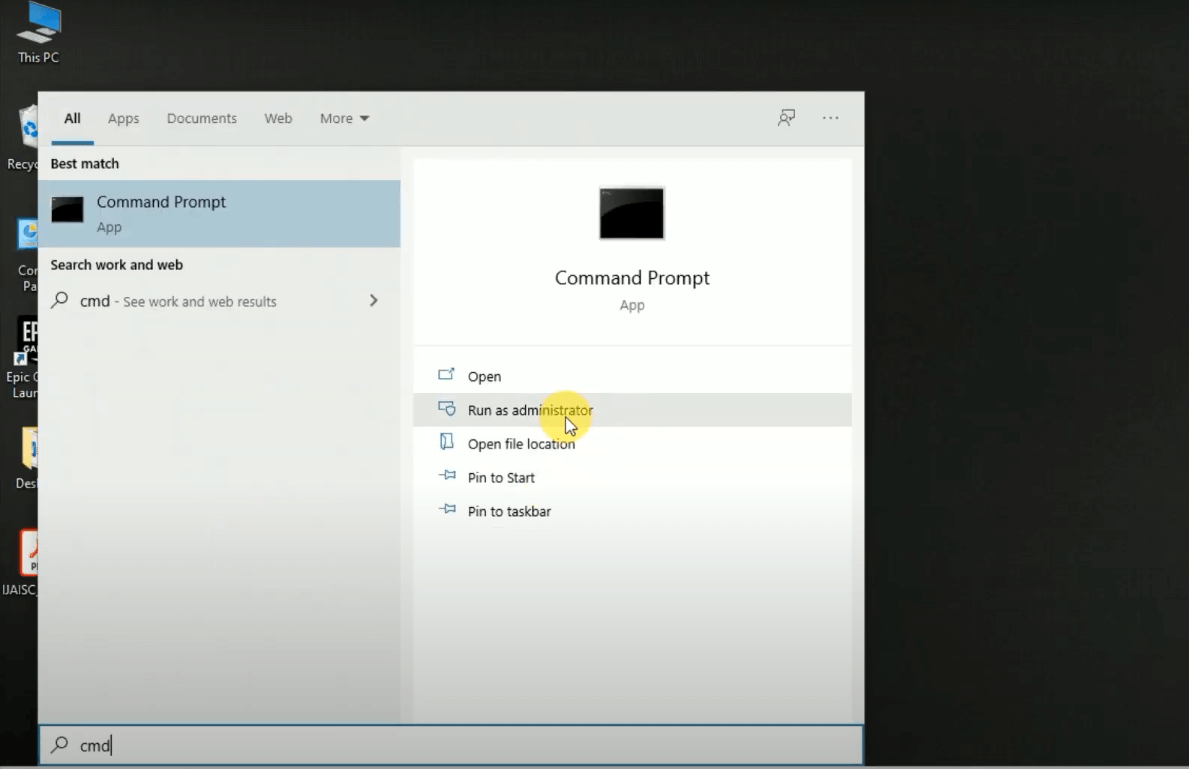

- #COMPILE PYTHON TO EXE WINDOWS HOW TO#
- #COMPILE PYTHON TO EXE WINDOWS MAC OS#
- #COMPILE PYTHON TO EXE WINDOWS SOFTWARE#
- #COMPILE PYTHON TO EXE WINDOWS CODE#
#COMPILE PYTHON TO EXE WINDOWS HOW TO#
To install Auto PY to EXE from GitHub first we need to clone the GitHub repository. How to Compile Python to Exe 3 Methods Step 1: First, Install Pyinstaller using pip or any other package manager. However, due the instability of the feature, it has been removed since version 1.5. Initially Pyinstaller had a beta feature that allows the cross-compilation of a windows executable under Linux.
#COMPILE PYTHON TO EXE WINDOWS MAC OS#
We can also install it directly from GitHub. Pyinstaller is a program that packages Python programs into stand-alone executables, under the most used OSs (Windows, Linux, Mac OS X, FreeBSD, Solaris and AIX). $ pip install auto-py-to-exe Installing from GitHub In this case an example setup.py will be: from re import setup import py2exe setup (console 'hello. Suppose you have a python script named hello.py and you want to convert it to. Running the following command will install the current version of Auto PY to EXE. First you need to create a setup.py script which calls py2exe and your script. Using pip we can install it on our computer very easily. Installing Auto PY to EXE is a fairly easy process. Resources Installing Auto PY to EXE Installing using pip.Choosing ‘Console Based’ or ‘Window Based’ ∘ Step 4. auto-py-to-exe (GUI Tool): auto-py-to-exe is also a library that converts Python scripts into executable Windows programs, able to run without requiring a Python installation.

Choosing ‘One Directory’ or ‘One File’ ∘ Step 3. Compiling the script using the auto-py-to-exe library: Step 1: To install auto-py-to-exe use the following command in the command prompt.
#COMPILE PYTHON TO EXE WINDOWS SOFTWARE#
Please refer to How can I install Windows software or games? for an overview of how to get started with Wine on Ubuntu.Using Auto PY to EXE we can convert. So it's much easier to just use Wine.įrom what I understand, you'll need to install PyInstall inside a Wine environment like you would in Windows and then use it like you would on a native Windows system. As soon as you want a decent GUI (gtk, qt, wx), you would need to install Windows libraries anyhow. It would require some Windows system on another partition and would only work for pure Python programs.
#COMPILE PYTHON TO EXE WINDOWS CODE#
cxFreeze allows you to set environment variables during installation, while PyInstaller will enable you to freeze your code without thinking about all the options. In version 1.4 we had build in some support for this, but it showed to work only half. Suppose you’re using Python and want to build an executable that your Windows users can run with a single double-click, use cxFreeze or PyInstaller to convert your Python code to a. You may also want to have a look at this thread in the mailinglist. Please use Wine for this, PyInstaller runs fine in Wine.

Outline will become blue when file exists Select other options and add. The file name extension is irrelevant here.Īccording to the PyInstall FAQ you cannot use it to cross-compile for different platforms either, but running PyInstall inside Wine is supposed to achieve what you want: Using the Application Select your script location (paste in or use a file explorer). Obviously the binary executable generated by PyInstaller on Linux only runs on Linux and not on other operating systems like Windows.


 0 kommentar(er)
0 kommentar(er)
